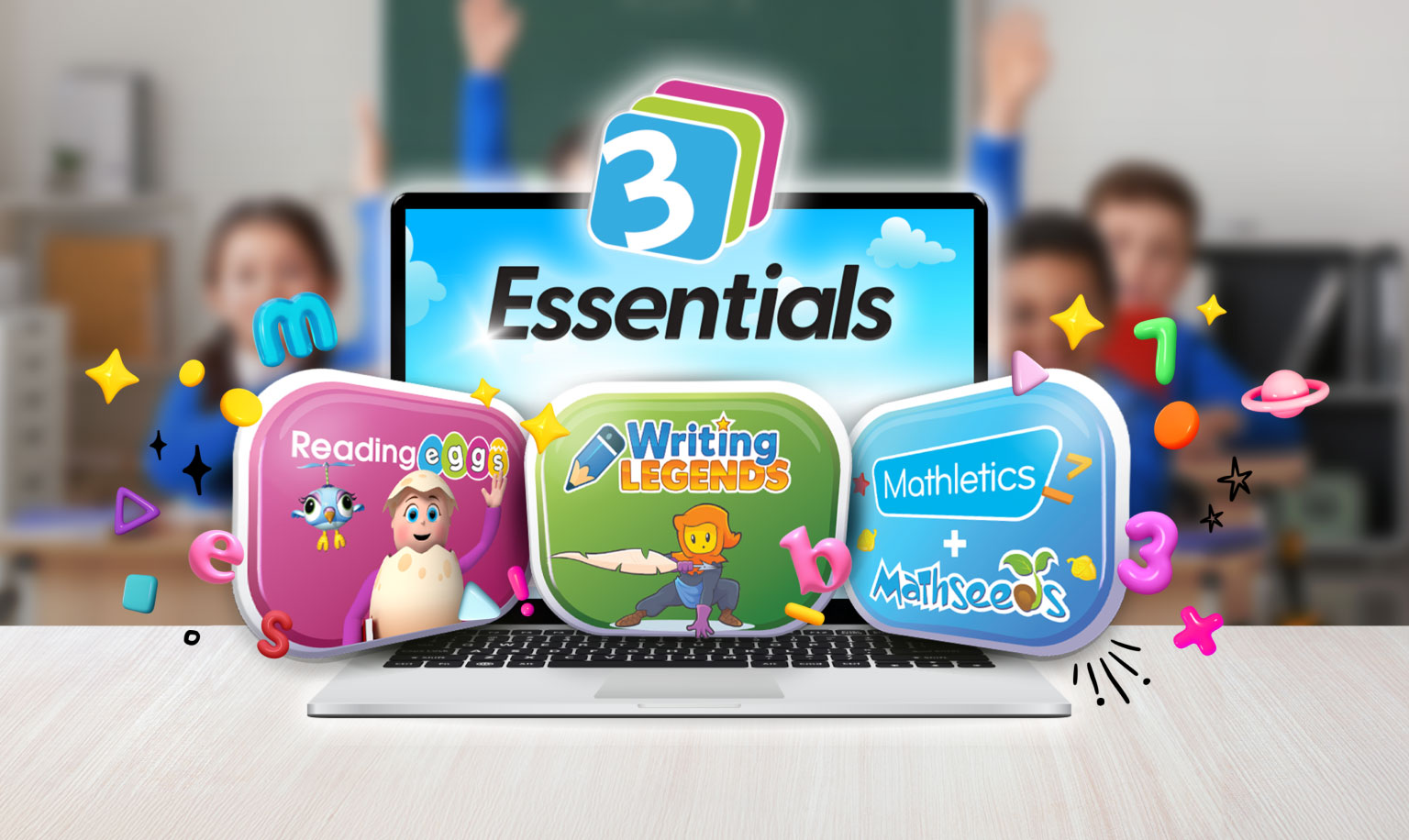
Understanding Personalised Learning
Personalised learning is commonly misunderstood across the education community – it’s the intent to meet the educational needs of individual students based on their interests, aspirations and backgrounds.
Education Elements breaks it down to four core elements:
- Targeted instruction
- Data-driven decisions
- Flexible content and tools
- Student reflection and ownership
Broadly speaking, all personalised learning will exhibit one of these four characteristics.
While that sounds great in theory, you’re probably worried about the actual practice. Here are five simple ways to make personalised learning a reality in your classroom.
1. Learn From Those That Came Before You
Any shift in teaching style involves a learning curve, some bigger than others. You might feel frustrated in the early days of your personalised learning journey. Maybe the technology isn’t quite working out the way you want it to. Maybe your delivery methods are off. Whatever the roadblocks, chances are another educator has been in your shoes.
Use your community to troubleshoot problems. Whether this means walking across the hall to chat with a colleague or going online to check out resources, eventually you’ll have more successes than failures. Taking time to collaborate with other educators will only strengthen your practice and can save you quite the maddening headache to boot.
2. Use The Technology Available to You
Don’t worry, technology isn’t a requirement for personalised learning. However, when used correctly, it can quickly become your best friend. Cell phones, tablets and computers enable easier facilitation of differentiation in instruction, assessments, expression of learning and the collection of student data. Most schools have these tools available in varying degrees, so use what’s there and improvise for what’s not. Technology gives you the power to teach in five different ways without cloning yourself (a pretty solid advantage in our books).
3. Let Your Students Co-Create Their Learning Experience
One of the core missions of personalised learning is fostering a culture where students take ownership of their learning goals and outcomes. Giving them a say in their learning journey plays a big role here. This doesn’t mean that you throw structure to the wind and let everyone major in playing with toy dinosaurs. It means students can choose how they reach their learning goals.
For example, you can start class with a standard lesson and then allow students to branch off and make choices about how they want to approach the first task of the day. Is it a good idea to join the class reading circle? Would they prefer to read in the quiet corner independently?
Which media work best for them to showcase their learning? Would a standard essay do the trick? Or would they prefer to create a diorama to present to the class? In a world where personalised learning runs the show, students very much become the co-pilots in their learning experience.
4. Assess As You Go
Using formative assessments to understand where your students stand and where they might need some extra help is crucial. The good news is there are a variety of methods you can use. From a quick quiz to an interactive video lecture, these methods arm you with instant, actionable feedback. From there it’s simple to pinpoint:
- What lesson to pull up next
- Which students need small group reteaching
- Who should be grouped off for extended learning
You can also use more in-depth methods of assessment like 1:1 discussions and self-evaluation cards.
Whatever the method, this data enables you to make the relevant adjustments to learning activities, ensuring everyone is on track to meet their goals.
Use the data to adjust learning activities and resources that will help students meet the standards addressed in the unit. When assessments show a student has mastered a skill, provide them with instructions to go deeper or learn something new.
5. Adapt As Needed
You have the tools, you’re collecting the data and you’re witnessing the progress. All that’s left to do is revise when necessary. As with any style of teaching, personalised learning will require regular refreshes and upgrades.
As long as you are listening to your students and responding to their progress, you should be well on your way to personalised learning success!












